Business Process Modeling
Length:
In-person classes – 2 days / Virtual (Live online) and Anytime Learning – 4 sessions
Overview:
To harness the work done in organizations, and to increase productivity, it is essential to understand how to model business processes. This course explores the need for modeling business processes, how process modeling is one part of a larger framework for achieving higher quality through Business Process Management, the essential steps to process modeling, and the critical success factors for making the effort successful. It provides a practical framework for understanding and modeling business processes and describes how to develop a variety of process model types.
The most common process modeling standards are taught, assuring you the maximum applicability to your environment. Last, it provides valuable facilitation tips and techniques to help ensure that your modeling sessions stay focused, and are viewed as successful by all involved.
Pre-requisites: Some basic understanding or exposure to process concepts. Our Getting Started in Business Process Management course satisfies this prerequisite.
Skill Level: Basic
Audience:
Process analysts, business analysts, project managers, business process owners, general business staff, and anyone who needs the skills to understand, model, and manage business processes.
PDUs/CDUs: 14 CEUs: 1.4
Certificate Programs:
- Certificate in Business Process Management
- Masters Certificate in Business Analysis
Format:
To help assimilate the tools and techniques learned, there is a mixture of individual and group exercises throughout the course. A lively role play and case study help reinforce concepts learned. Students need to be prepared for a high level of participation. Each participant receives a comprehensive student guide complete with examples and workshop solutions.
Content:
Business Process Modeling (BPM) Concepts
- Business Process Management Framework
- Benefits of Process Modeling
- How process models are used
- Supporting Business Objectives
- Process terminology
- Types of Process Models
Framing the Process
- Discussion
- Exercise
- Staying focused during process mapping
- Preparation for modeling/elicitation sessions
- Roles and responsibilities of key stakeholders
- Importance of process scope and techniques to prevent process scope creep
- Pre- and post-conditions
- The Scope Diagram
- The Supplier/Input/Process/Output/ Customer (SIPOC) Chart
- Introduction to case study and workshop
- Using Variations Lists to help frame processes
- Workshop
Process Mapping
- Definition of a process map
- Swim lanes; a different view of a process map
- Process mapping notation
- Developing scenarios
- Primary and alternate paths
- Three-part workshop
Refining Process Maps
- Definition of a process map
- Frequently found mapping problems and how to correct them
- Inputs and outputs: to show or not to show
- Supporting process details in text
- Workshop
Effective FacilitationTechniques for Process Modeling
- Facilitating process mapping sessions
- Process Mapping roles
- Partnership between Facilitator and Scribe
- Setting the stage with participants
- Eliciting What vs. How
- Workshop: Process mapping facilitation practice and feedback
UML and BPMN notation
- Activity diagrams, a different type of process model
- Purpose of UML Activity Diagrams
- UML Notation Equivalents to ISO
- Purpose of BPMN notation
- BPMN Equivalents to ISO
- Additional BPMN symbols and their uses
- Tips for working with multiple standards
- Workshop
Process Maps in Requirements
- Concurrent business modeling for complete requirements
- Balancing data and process
- State transition model
- Interaction model
- Workshop
Automation and Enterprise Process Modeling
- Balancing Data and Process
- Short exercise
- Using BP Models to help find and document business rules
- Short exercise
- Managing Business Processes and Automation
- Identifying and organizing processes
- Hierarchy function/process model
- Value Chain models
- Workshop
This outline is subject to change.
